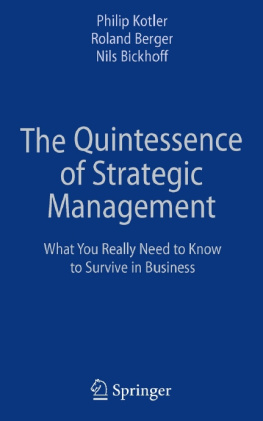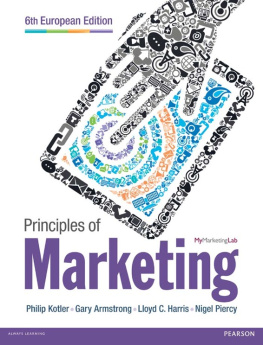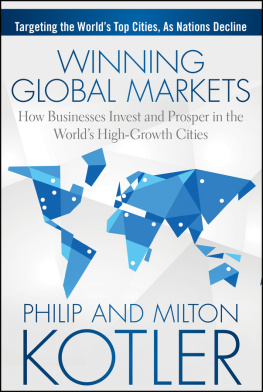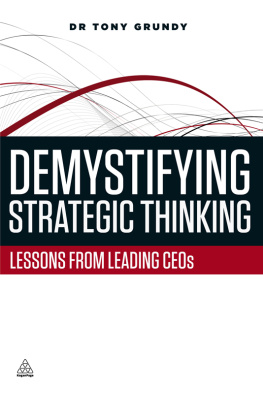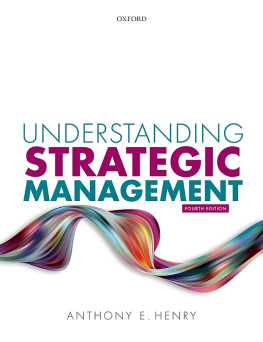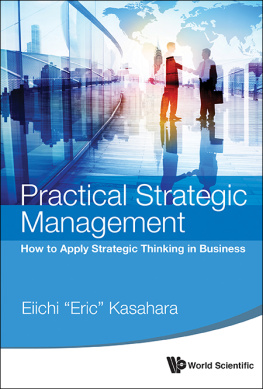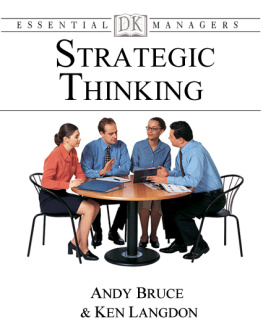OriginalTitle: Quintessenz des strategischen Managements, Springer-Verlag 2008 Translation: ClaireJokubauskas, London
ISBN 978-3-642-14543-8 e-ISBN 978-3-642-14544-5 DOI 10.1007/978-3-642-14544-5 Springer HeidelbergDordrecht LondonNewYork
Springer-Verlag Berlin Heidelberg2010 Thisworkis subjecttocopyright.All rights are reserved, whetherthe wholeorpartofthe material is concerned, specifically the rights of translation, reprinting, reuse of illustrations, recitation, broadcasting, reproductionon microfilmorinanyotherway,andstorage in data banks. Duplication of this publication or parts thereof is permitted only under the provisions of the German Copyright Law of September 9, 1965, in its current version, and permission for use must always be obtained from Springer.Violations are liable to prosecution under the German Copyright Law. The use of general descriptive names, registered names, trademarks, etc. in this publication does not imply, even in the absence of a specific statement, that such names are exempt from the relevant protective laws and regulations and therefore free for general use.
Table of Contents
Introduction: Essential Strategy Know-How and Nothing More........
Strategy and Strategic Management: A First Basic Understanding ........................................................................................ 5
1.1 What is Strategy and How is it Developed?.......................... 5
1.1.1 Modern Opinions ........................................................... 5
1.1.2 Basic Historical Concepts .............................................. 6
1.1.3 A First Example: The Second Punic War ...................... 8
1.2 The Theoretical Response: Strategy as an Integrated Concept ............................................................................... 12
1.2.1 Strategy ........................................................................ 12
1.2.2 Strategic Management .................................................. 14
1.3 The Process-Based Response: Strategic Planning An Organized Understanding of Strategy Processes ................. 15
1.3.1 General Planning .......................................................... 15
1.3.2 Strategic Planning ........................................................ 17
1.3.3 Operational Planning .................................................... 17
1.3.4 Steering and Controlling the Operational Planning...... 17
1.3.5 Implications ofStrategic Planning as a Concept .......... 17
1.4 The Innovative Response: Creative Rule-Breaking as an AlternativeWay of Executing Strategy Processes .............. 19
1.4.1 Why Rules Need to be Broken ..................................... 19
1.4.2 The Rule-Breaking Strategy Creator Four Steps to Breaking the Rules....................................................... 21
vi
2 Strategic Frames of Reference: The Key Tools of Strategy Determination, their Principles, and How they Interact............. 27
2.1 Why it is Important to Structure the Market, the Competition, and Your Own Company Properly ................ 28
2.1.1 Interdependencies Between the Key Approaches ........ 28
2.1.2 The Harvard Business School SWOT Analysis The Data Basis for all Interpretive Tools of Strategy Determination .............................................................. 30
2.2 Analyzing Corporate Strategies .......................................... 34
2.2.1 Horizontal Growth Options: Ansoffs Product/Market Matrix ........................................................................... 35
2.2.2 Portfolio Management: Portfolio Analysis (Matrix) .... 38
2.3 Analyzing Business Strategies ............................................ 44
2.3.1 The Market-Based View: The Structure-Conduct-Performance Paradigm and Porters Five Forces......... 45
2.3.2 The Resource-Based View: The Core Competency Approach ...................................................................... 50
2.3.3 Dynamic Markets: The Simple Rules Approach .......... 51
2.4 Network Approaches: The Business Model An Inte- grative Frame of Reference for Describing a Strategy........ 54
2.4.1 From Old to New Business Models ............................. 55
2.4.2 The Three Components of a Business Model .............. 56
Current Focal Areas in Strategy Practice: Four Significant Management Concepts of the Past 20 Years.............................. 65
3.1 Growth Strategies ................................................................ 67
3.1.1 Value-Based Management, Protecting Your Market Share, Limits and Approaches ..................................... 67
3.1.2 Seven Growth Strategies in Strategy Practice .............. 74
3.2 Business Process Reengineering ......................................... 79
3.2.1 Belief and Reality ......................................................... 79
3.2.2 An Implementation Example ....................................... 90
3.3 Strategic Brand Management .............................................. 96
3.3.1 The Brand: Complex and Meanwhile Indispensable.... 97
3.3.2 Examples of Brand Evaluation Using Positioning Analysis ...................................................................... 108
3.4 Strategic Gaming .............................................................. 113
3.4.1 Game Theory: A Way of Dynamically Modeling the Competition ................................................................ 114
3.4.2 Dynamic Competitive Simulation in Reality ............. 120
Summary: Its Your Turn! .............................................................. 125
Introduction: Essential Strategy Know-How and Nothing More
A book on strategy and strategic management must inevitably be called into question. There are so many outstanding and relevant works on the subject, does the executive readership many of whom were students at one time or another really need another volume on the bookshelf? The state of knowledge on strategy and strategic management has not changed so dramatically in recent years as to justify another book in itself. Yet there remain two significant, mutually dependent gaps in the forest of books:
a) Even though the number of Business Administration graduates is countless and even though they and others develop strategies, most practitioners of strategy lack a fundamental understanding of the word itself, of the strategy process, of the mechanics of the key tools and their relationships.

